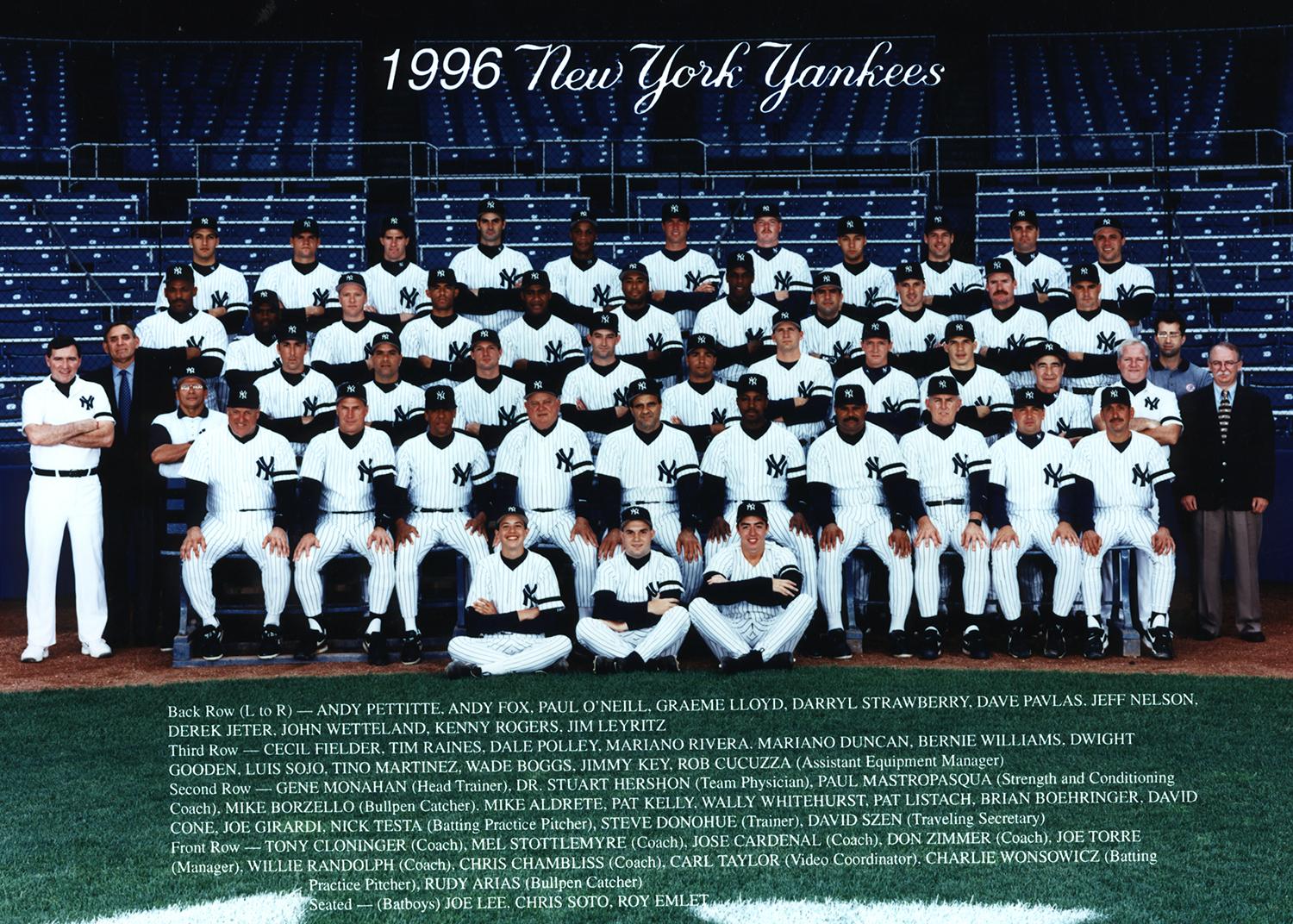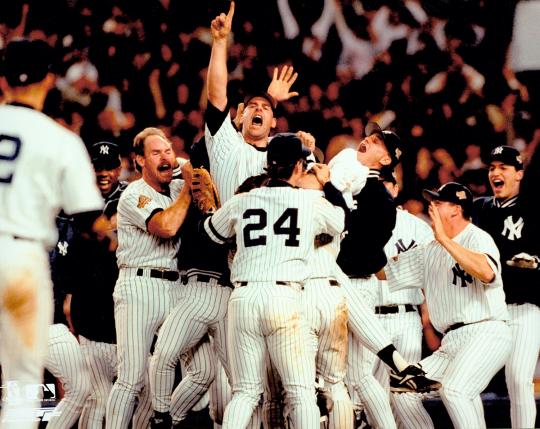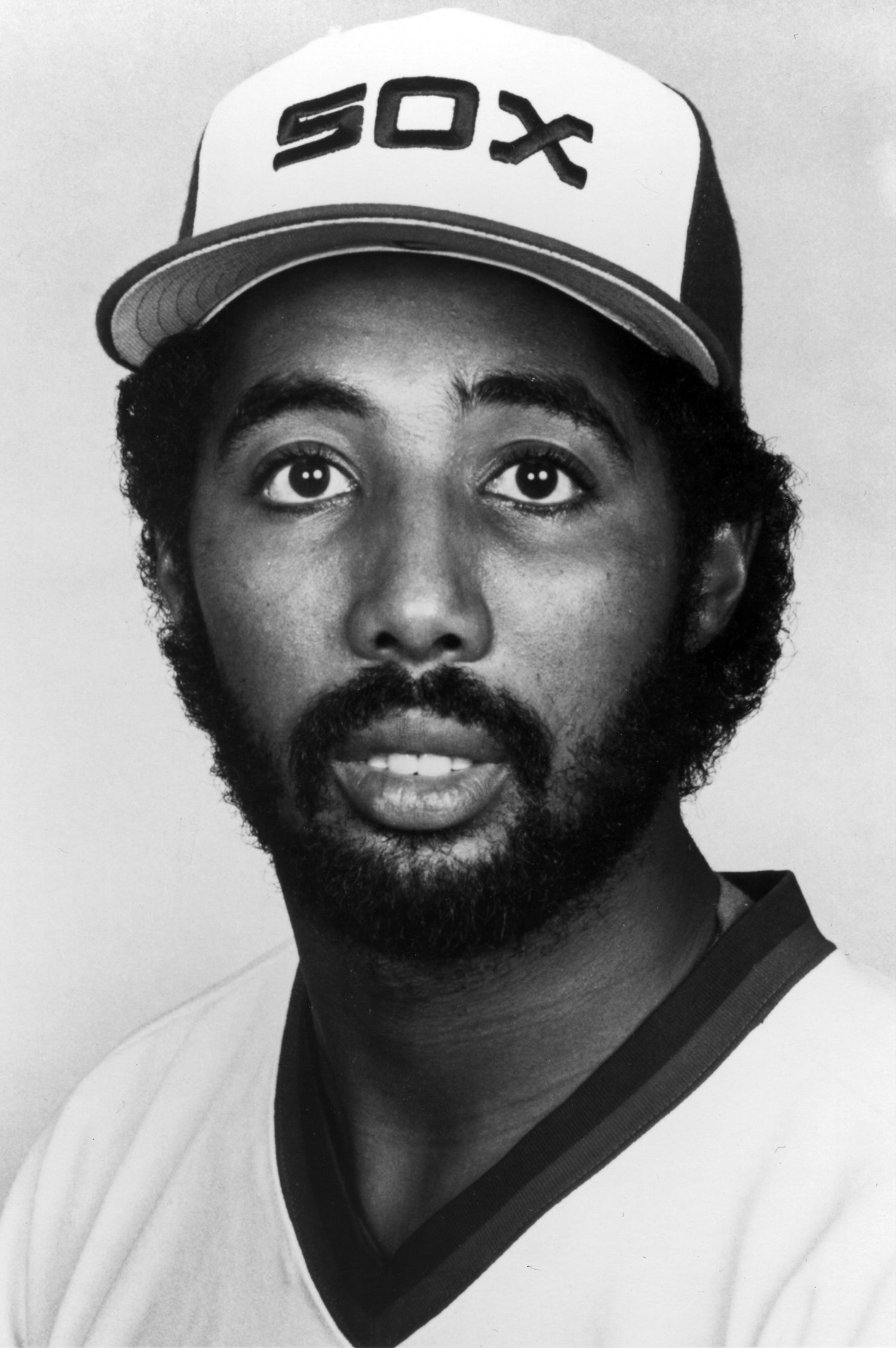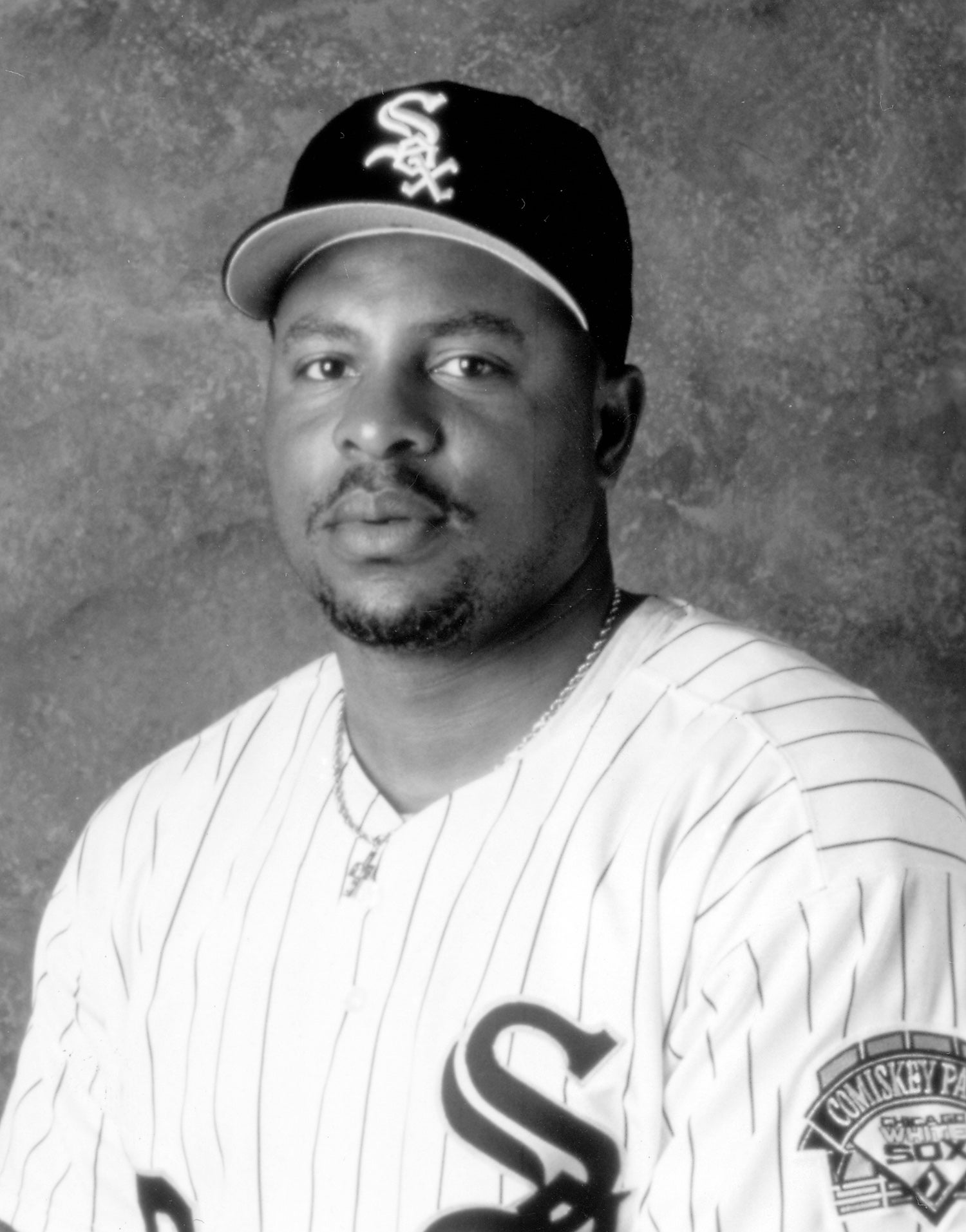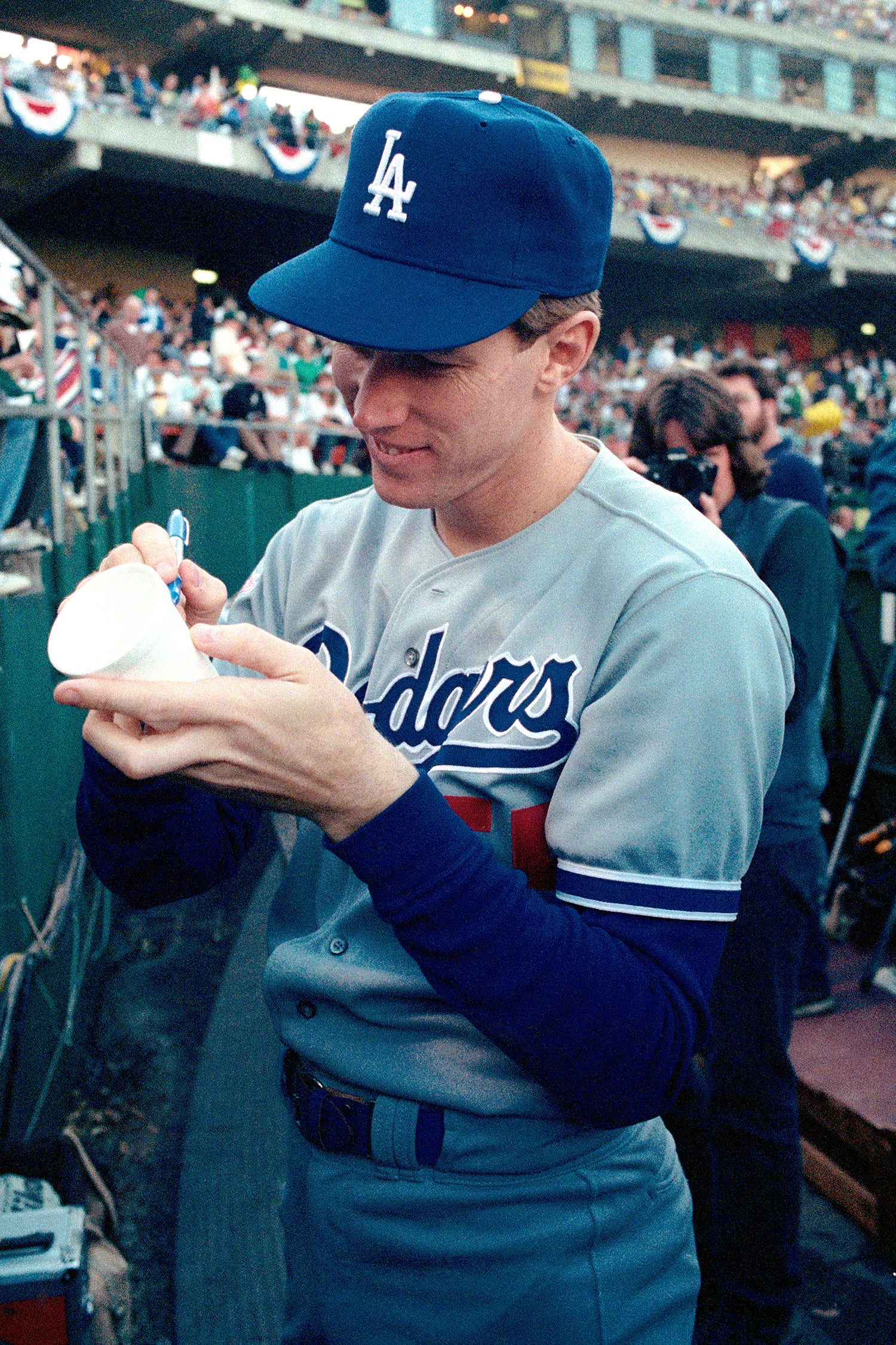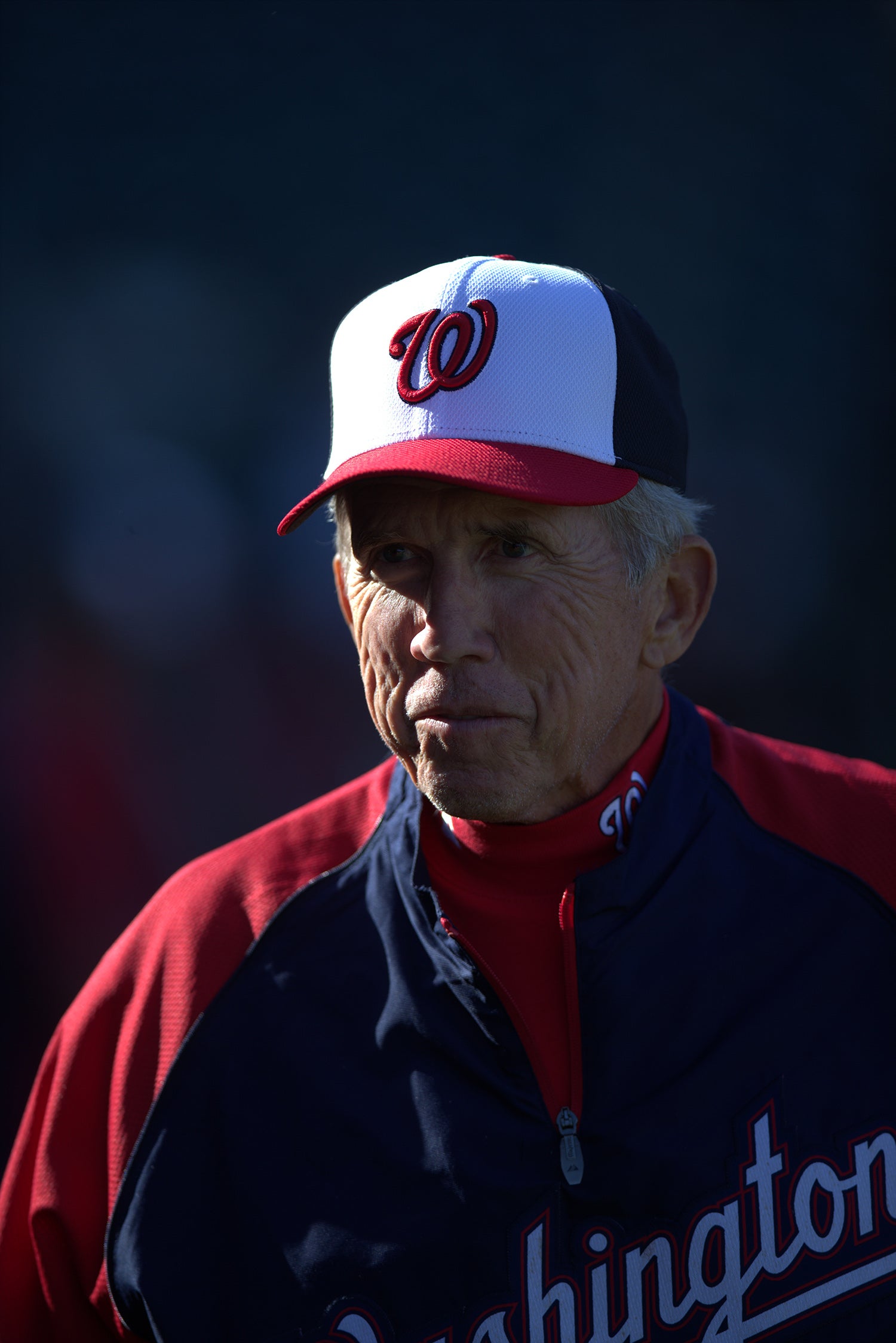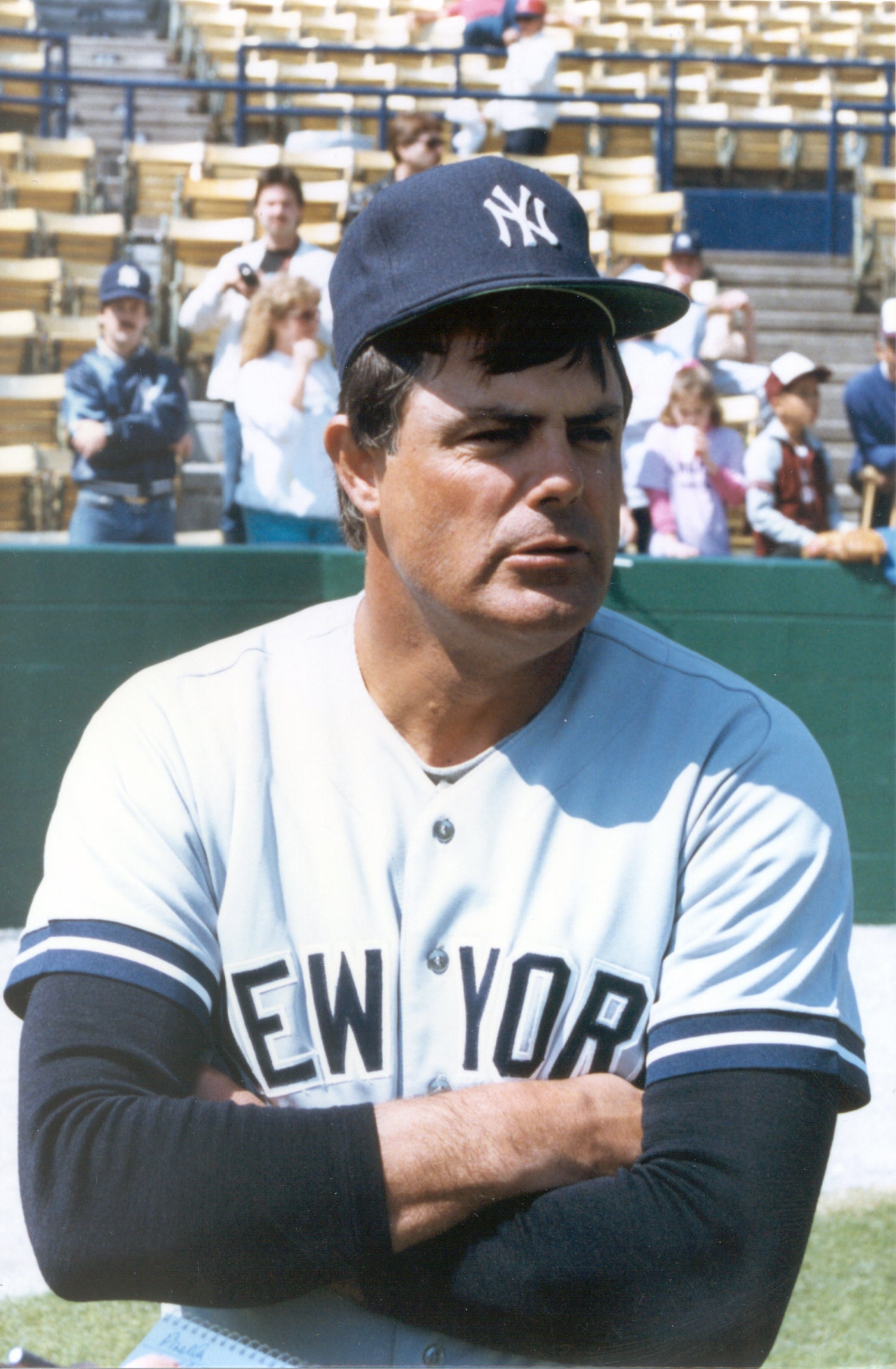George Steinbrenner’s winning ways land him on Today’s Game Era ballot
Bio
“We plan absentee ownership as far as running the Yankees is concerned,” Steinbrenner said at the 1973 press conference announcing his purchase of the team. “We're not going to pretend we're something we aren't. I'll stick to building ships.”
Steinbrenner, once critical of free agency when it first arrived on the scene, is often given credit for embracing the high-spending practice when it got its start in the mid-1970s. Beginning with Catfish Hunter in 1974, the list of free agents lured to the Yankees in those early years include Reggie Jackson, Goose Gossage, Rudy May, Bob Watson, Ken Griffey Sr., Tommy John, Dave Winfield, Phil Niekro, Luis Tiant, Don Baylor, Steve Kemp, Jack Clark, John Candelaria, Steve Sax and Andy Hawkins.
By 1976 the Yankees were back in the World Series, appearing in four Fall Classics in six seasons, the “Bronx Zoo” years, and coming away with titles in 1977 and ’78. But a fallow period followed with no World Series celebrations throughout the 1980s, the first decade that this had hapended since the 1910s. A 95-loss season in 1990 would be their worst since before World War I.
Steinbrenner’s first decades as owner also saw numerous managers and front office personnel hired and fired, exemplified by skipper Billy Martin’s five tours of duty in the dugout. In total, over his first 17 years as owner he changed managers 17 times and 20 times in his first 23, as well as seeing 11 general managers come and go in 30 years. Amazingly, three managers, three hitting coaches and five pitching coaches were employed by the Yankees in 1982.
“I'm not proud that I haven't been very patient over the years,” Steinbrenner once said. “I guess that will be part of my legacy.”
By the mid-1990s, manager Joe Torre and general manager Brian Cashman reigned over a change in philosophy and more than a decade of success, with World Series titles in 1996 and every year from 1998 to 2000. This era included such homegrown talent as Bernie Williams, Derek Jeter, Mariano Rivera, Jorge Posada and Andy Pettitte.
Steinbrenner, a member of the National Baseball Hall of Fame and Museum’s Board of Directors until his death, was the longest-tenured owner in major league baseball when he passed away after several years of failing health at the age of 80 on July 13, 2010. In those first 37 seasons as principal owner of the Yankees, not including the 2010 season, the team compiled a big league-best .565 winning percentage (3,308-2,551-3 record), while capturing 11 American League pennants and seven World Series titles.
In addition to the team’s on-field success, the Yankees under Steinbrenner consistently shattered franchise and league attendance records at home and on the road. In 2008, they drew an American League-record 4,298,543 fans to Yankee Stadium and became the only franchise in baseball history to draw more than 4 million fans in four consecutive seasons (2005-08). In 2009, in the first season at new $1.5 billion Yankee Stadium, the home attendance of 3,719,358 topped the AL for the seventh straight year.
A road attraction as well, the Yankees drew 6,502,416 combined home and road fans in 2009, which led the AL for the 11th consecutive year. Each season from 2002 to 2008, the Yankees led all big league teams on combined attendance, including the all-time including the all-time single-season record for a professional sports franchise of 7,325,051 fans in 2006.
Steinbrenner brought stability to the Yankees, not only surpassing Jacob Ruppert by more than 10 years as the franchise’s longest tenured leader, but since he became principal owner in 1973 the other 29 big league franchises have combined for over 100 owners or ownership groups.
Steinbrenner’s business acumen resulted in the Sporting News naming him the No. 1 “Most Powerful Man in Sports” in 2002, while Forbes magazine has numerous times listed the Yankees as the most valuable franchise in all of baseball. After a lucrative cable television deal with MSG Network, the Yankees were involved in a group that formed the YES Network in 2002, currently the nation’s leading regional sports network.
Steinbrenner’s sons, Hal and Hank, became co-chairman of the Yankees in May 2008, with Hal, later that year, assuming control of the team.
Bill Francis is a Library Associate at the National Baseball Hall of Fame and Museum




